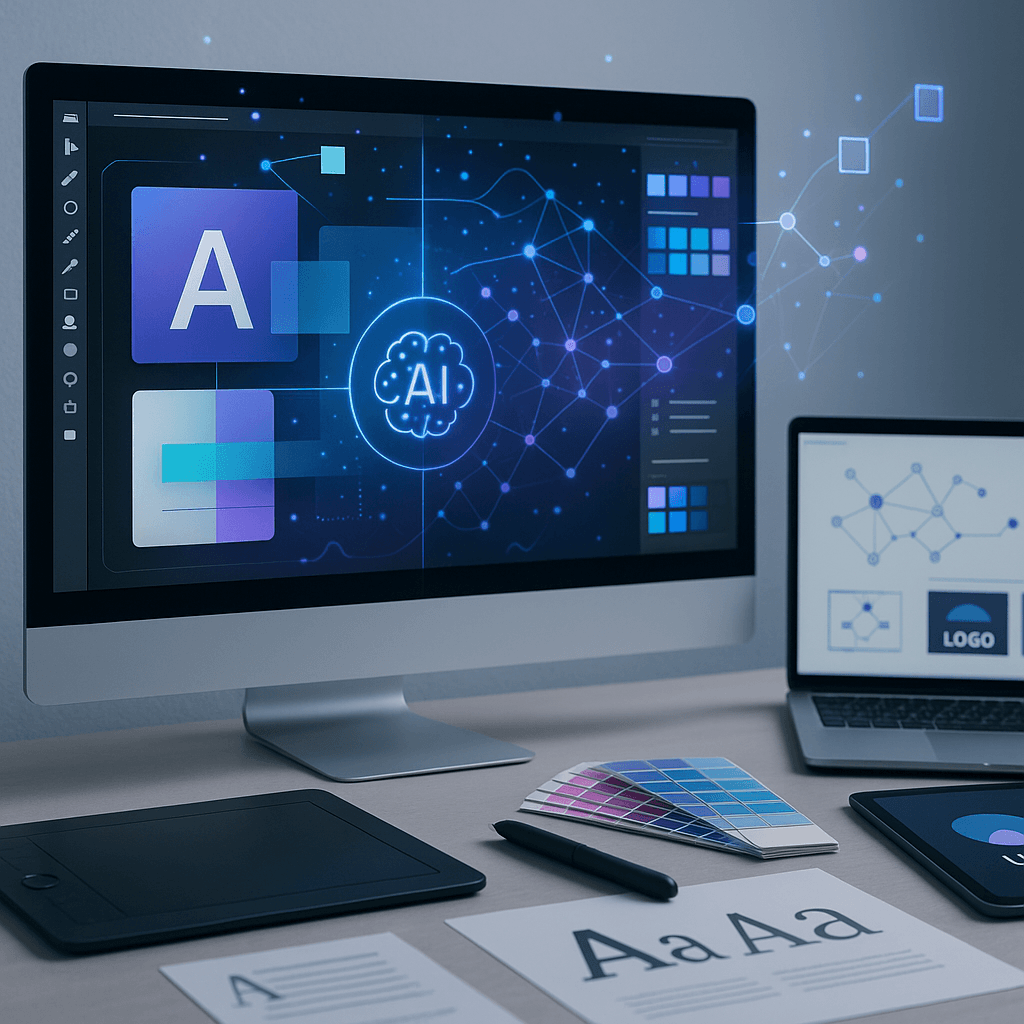Canva just dropped its biggest AI play yet - a proprietary foundational design model that generates editable, layered designs instead of flat images. The Australian design giant also made its pro tool Affinity permanently free and rolled out email design tools, Forms, and expanded AI capabilities across its platform. This positions Canva to challenge Adobe's creative dominance with a fully integrated AI-first design ecosystem.
Canva just rewrote the rules of AI design generation. The company's new proprietary foundational model doesn't just spit out flat images like other AI tools - it creates designs with editable layers and objects that designers can actually work with. This is a massive shift from the prompt-heavy approach that's dominated AI design tools until now.
"We started by creating flat images with diffusion models. Omni models have taken that a step further, where you're able to edit those flat images with a lot of sophistication through prompting. But the tools have made you prompt your way to the final result, which, for a visual medium, is challenging," Canva's global head of product, Robert Kawalsky, told TechCrunch. "What we've found is that where people want to be is the ability to really marry this idea of starting with a prompt and getting far, but also being able to iterate directly themselves."
The timing couldn't be more strategic. While competitors like Adobe focus on subscription-heavy creative suites, Canva just made a bold counter-move by making its entire Affinity toolkit permanently free. The pro design suite, which Canva acquired last year to better compete with Adobe's creative tools, now costs users nothing - a direct shot at Adobe's Creative Cloud pricing model.
But it's not just about free tools. Canva's redesigning the entire Affinity interface to merge vector, pixel, and layout capabilities under one unified experience. Designers can now create objects in the professional tool and seamlessly move them into Canva's broader ecosystem. The integration goes deeper with Canva AI now generating images and designs directly within Affinity.
The company's AI assistant, launched earlier this year with a chat-like interface for generating media, is expanding everywhere. Users can now access it across design and elements tabs, mention it in comments for collaborative projects, and use it to generate 3D objects or copy art styles from existing designs.
